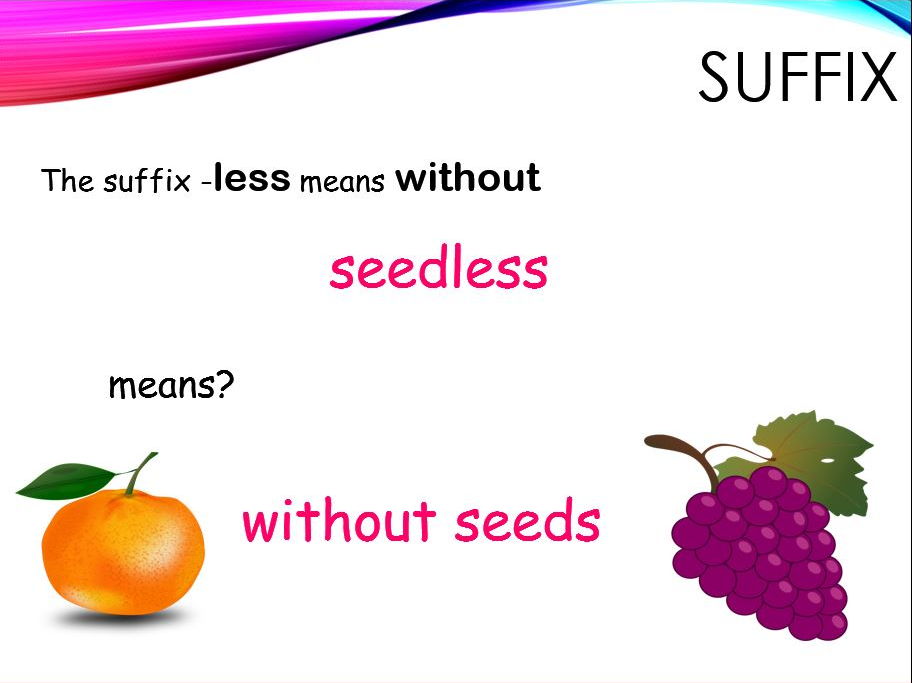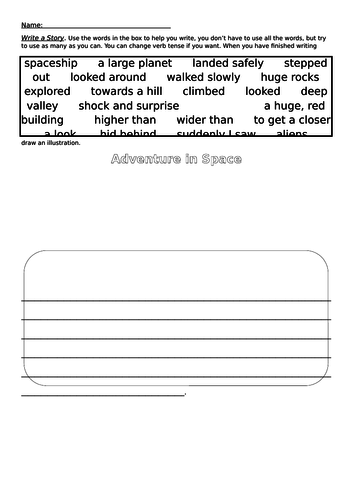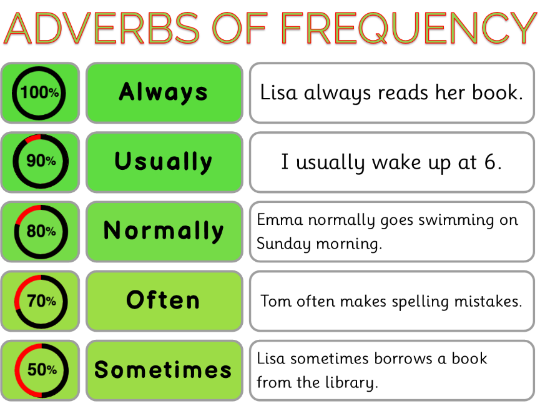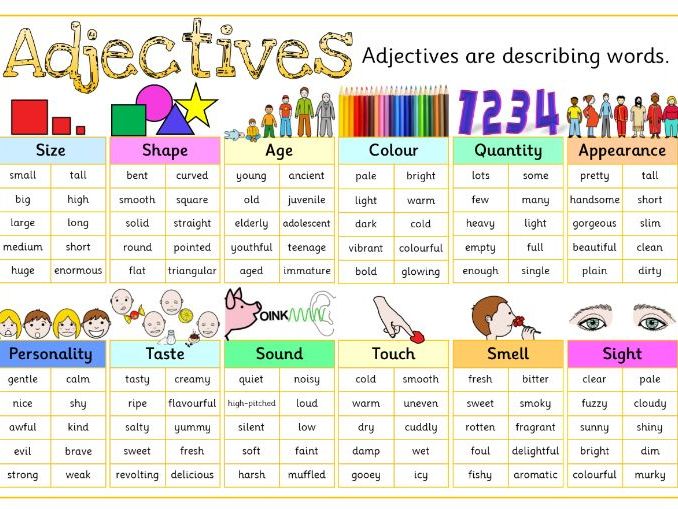397Uploads
1754k+Views
2403k+Downloads
World languages
Bundle Sale

Traditional Tales Reading Comprehension A
This collection features 10 traditional tales specially adapted for differentiated reading instruction:
The Golden Goose
The Brave Little Tailor
The Mouse, The Bird and The Sausage
Beauty and the Beast
The Emperor’s New Clothes
The Little Mermaid
Thumbelina
The Ugly Duckling
Billy Goats Gruff
Pied Piper of Hamelin
Each fairy tale resource includes reading passages leveled at multiple difficulty levels, along with numerous comprehension worksheets. Worksheets feature a variety of question formats including multiple choice, short answer, and writing responses, ensuring educators can provide the perfect level for their students.
With 3-5 differentiated reading levels per tale, these resources allow teachers to challenge, support, and engage all learners with these timeless stories. This traditional tales collection is ideal for whole-class, small group, or individual reading comprehension practice.
Sale

The Golden Goose Reading Comprehension
Reading comprehension for the traditional tale** ‘The Golden Goose’ by the Brothers Grimm.**
In this classic story of kindness rewarded, a generous but mistreated younger brother named Simpleton shares his meager pancake with a magical dwarf and is rewarded with a golden goose and the hand of the princess. With the help of the grateful dwarf, Simpleton overcomes the unreasonable demands of a biased king and eventually inherits the kingdom. This entertaining traditional tale retelling imparts a moral lesson about how generosity and perseverance can be rewarded.
Download includes:
➊ Double-sided eading passage (a faithful retelling of the Grimms version) written at an approximate year 3 or 4 level for readers aged 7-9 years old.
➋ A 31 question multi-choice SAT Style comprehension sheet, including a mix of factual, main idea, detail, sequencing, inference, vocabulary, true or false, cause and effect, and authors purpose questions.
➌ A classic, write the answers on the line, 21 reading comprehension question worksheet.
➍ True or False? Activity with 32 statements.
Answer sheets for all versions.
*Not to be confused with the Aesop fable “The Goose Who Laid the Golden Eggs”, which is also available from my shop / via this link *
https://www.tes.com/teaching-resource/resource-12868064
Sale

Emperor's New Clothes
9 versions of differentiated reading comprehension for the traditional tale ‘The Emperor’s New Clothes’, suitable for readers aged 6 to 12 years.
The higher-level text uses more complex vocabulary, includes more details, and employs additional literary devices. It has a larger word count and is 2 A4 pages in length. Three versions of comprehension questions come with this level text:
➊ A classic worksheet with 17 questions that require mid to high-level reading comprehension skills,
➋ A classic worksheet with 10 higher level questions.
➌ A multiple-choice SAT-style version with 25 questions that vary in difficulty level, each with 4 answer choices.
The middle-level text has a slightly smaller word count and simpler vocabulary. It spans 2 A4 pages in length and is accompanied by three sets of comprehension questions:
➍ A classic 16 question worksheet
➎ A classic 8 higher level compound question worksheet
➏ A multiple-choice SAT-style version with 30 questions that vary in difficulty level, each with 3 answer choices.
The lower-level text has been simplified and shortened for easier reading, using decodable words whenever possible, while keeping the key details, main plot points, and essence intact. It spans 2 A4 pages in length and includes three sets of questions:
➐ A classic worksheet with 14 questions
➑ A classic worksheet with 8 very easy questions
➒A multiple-choice Key Stage 2 SAT style version with 15 mid to lower-level questions and 3 answer choices
Answer sheets are provided for all levels of worksheets.

Simile Flashcards: Quiz-Quiz-Trade Activity
Get Moving with Similes: Active Learning Cards
Enliven your English lessons with this dynamic set of simile cards, perfect for active learning and speaking activities. This comprehensive resource uses the Quiz-Trade approach to develop pupils’ understanding and creative use of figurative language through movement and peer interaction.
Contents:
Set 1: Illustrated Simile Cards (70 double-sided cards)
Front: Vibrant illustrated similes
Reverse: Concise explanations detailing both the literal meanings and, for similes with dual meanings, the idiomatic interpretations.
Set 2: Creative Writing Simile Prompts (70 single-sided cards)
Illustrated prompts (such as “as strong as…,” “as boring as…,” “as fun as…”)
Designed for independent simile creation
Supports creative thinking and literacy development
Ideal For:
Key Stage 2 and 3 English
Literacy intervention groups
EAL pupils
Whole-class active learning
Creative writing warm-ups
This hands-on resource transforms simile learning into an active, engaging experience as pupils move about the classroom, exchanging cards and crafting their own similes. The two-tiered approach supports differentiated learning - starting with complete similes before progressing to independent creation - perfect for meeting National Curriculum requirements while keeping pupils active and engaged as they develop from understanding existing similes to confidently creating their own descriptive comparisons.
For additional simile practice, check out my Simile Matching Cards resource
Bundle

Fun Simile Activities Bundle
Transform your simile teaching with this money-saving bundle combining my popular Simile Matching Cards and Quiz-Trade Simile Cards.
Progress from recognition to creation with hundreds of illustrated cards that support differentiated learning. Start with visual matching activities, build understanding through clear explanations, and advance to independent simile creation through active learning. Save $ on these complementary resources!
Sale

Clockwise and Anticlockwise Turns
Position, direction and movement, anti-clockwise, clockwise, fractions of turns
*Review clockwise and anti-clockwise turns by means of animated images of clocks and 11 other fun animated revolving images.
*Learn quarter, two-quarter/half, three-quarters and four-quarters/whole fractions of a circle
*simple following instruction game to review clockwise and anti-clockwise quarter, half, three-quarter and whole turns prior to or after watching a birds-eye animated image of a man standing on a divided circle making animated turns.
*In pairs practice turning a pencil clockwise and anti-clockwise quarter, half, three-quarter and whole turns prior to or after viewing an example.
PowerPoint whole-class teaching resource
Two page worksheet (in word & PDF format) using the same pencil turns image to consolidate learning.
Sale

Prefix, Suffix, and Base Words
Animated & illustrated PowerPoint introduction to prefixes and suffixes and how they change the meaning of (base) words.
Most common prefixes and suffixes covered.
Each prefix or suffix is presented with 10+ logical examples in an engaging style. Think-pair-share activities for each prefix or suffix.
Slide Order:
Review of base words quickly covered with an identify the base word activity.
Explanation and examples of common prefixes: ‘re’, ‘un’, ‘mis’, ‘pre’, and ‘dis’.
Each prefix then followed with a think-pair-share activity.
20+ examples of words with the prefix then shown for students to self check against.
Explanation and examples of common suffixes: ‘-ful’, ‘-less’, ‘ly’, ‘er’, ‘est’
Each suffix followed with a think-pair-share activity
20+ Examples of words with the suffix.
Quite a long slide show if all done at once (whole lesson perhaps). Could be used to introduce/review just prefixes or suffixes in one lesson by showing only 1 half of the presentation. Some slides could also be hidden.
Other than a brief explanation and examples for each prefix or suffix, I’ve tried to keep it quite straight forward so that their isn’t too much lecturing or reading required.
Recommend students use mini-whiteboards for the think-pair-shares or list on paper the examples pairs or small groups can come up with.
Been designed with ESL grade 3, 4 and 5 students as the target pupils, so repetitive language used with vocabulary building as a desired outcome.
Sale

Writing Frames - Build a Story
Use these writing frames to help Key Stage 1 and lower Key Stage 2 students write stories.
8 story idea writing frames with suggested words to help students write interesting stories. Appropriate possible word choices for characters, and setting and a selection of appropriate key phrases, adjectives and verbs which writers could incorporate into their stories. All or just a few of the words can be used. Although it may seem to a teacher or tutor that the plot is predetermined by the word selection children can write a multitude of different stories by selecting fewer or more words, putting words in different orders and by adding their own extra words and information to create a different story each time. (Differentiation by outcome)
Designed to help young writers expand their vocabulary and have fun writing.
Sale

Expanding Sentences
3 double-side, engaging, and effective writing worksheets which students really enjoy.
An interesting but simple three word sentence with a noun and verb is provided; children then rewrite them to make them much more interesting by adding adjectives to the noun, adverbs to the verb and additional information.
My students really love doing these and always come up with delightful, fascinating, improved sentences which help them with longer pieces of written work and their understanding of the power of adjectives and adverbs to make writing come alive.
PDF version (Sasson font) and editable Word version (Comic Sans) uploaded.
Bundle Sale

Creative Writing
Two great resources to help students develop the knowledge and skills to write creatively.
Sale

Food Words Glossary
Food word glossary with 77 carefully selected academic vocabulary words for the IPC unit ‘What’s on the Menu’ (could be used with any food unit of study in any curriculum)
Each word has a definition and a clear picture.
9 A4 pages.
Also included are 54 word wall cards with word and image to use as flashcards or word wall cards.
Both resources designed to support EAL learners grasp essential vocabulary.
Sale

Fronted Adverbials Mat
Fronted Adverbials Word Mat.
“Fronted Adverbials are words or phrases at the beginning of a sentence which are used to describe the action that follows.
A comma is usually used after the adverbial.”
Fronted adverbials listed under time, frequency, location, manner and degree.
Bundle Sale

Phase 5, 3 & 2 Phonics Mats Bundle
Cleverly designed, ‘flippable’ phonics mats for phase 2,3 and 5.
(Also included my medial vowel table mat, and a bonus verb, noun, mat/poster resource+a huge split digraph flashcard resource)
One side has memorable clip-art images, reverse side has a word list of carefully selected example words.
Each side is laid out in the reverse order - so that when the clip-art side is printed and put back-to-back with the word list side the words are directly behind the image. This helps the learner to find the spelling pattern they are looking for as the mat is ‘flippable’.
Phonics Phase 3- Phase 5 Workbook
Phase 3 Set 1 Worksheets
Phase 3 Set 2 Worksheets
Phase 3 Set 3 Worksheets
Phase 3 Partner Activity
Sale

Contractions
Contractions anchor chart / contractions poster, contractions worksheets, contractions quiz-quiz-trade cards.
Variety of contraction activities - differentiated.
Sale

Adverb Mats Adverb Posters
Adverb mats & adverb posters.
Differentiated adverb scaffolds. Some with more adverbs, some with less adverbs. Plus adverbs of manner place mat.
Adverb mats are A4. Adverb posters are A3.
Sale

Adverbs of Frequency Mats Worksheets
Adverbs of frequency word mats and adverb of frequency worksheets.
Also adverb of frequency poster.
Sale

Adjectives Mats
Adjectives mats & adjectives posters.
Differentiated adjective scaffolds - one with many adjectives, one with less and larger font.
Adjective mats are A4. Adjective posters are A3.
Also uploaded the publisher file if you wish to edit the example words (the font used is Topmarks )
Sale

Irregular Verbs V1,V2,V3
Base form, past simple and past participle of irregular verbs.
63 Verbs with illustrations - most commonly used verbs.
Flashcards, sorting cards and worksheets.
V1 V2 V3 version as well as base form, past simple and past participle version.
Complete your verb teaching toolkit with:
EAL Newcomer Essential Verbs
Verb Mats
Verb Tense Memory Games | Past Tense Cards
Sale

Possessive Nouns
Mastering Possessive Nouns: Comprehensive Resource
This comprehensive kit provides educators with a variety of tools to teach possessive nouns effectively:
Instructional Materials:
15 colorful posters/anchor charts illustrating:
• Singular possessive nouns
• Plural possessive nouns (ending in ‘s’ and not ending in ‘s’)
• Possessive apostrophe usage rules
Practice Resources:
6 differentiated worksheets:
• 1 illustrated worksheet for visual learners
• 5 text-based worksheets of varying difficulty levels
Interactive Learning:
1 blank matching poster template for students to create their own examples
Key Concepts Covered:
Distinguishing between plural and possessive nouns
Singular noun possessive rules
Plural noun possessive rules (for nouns ending in ‘s’ and those that don’t)
Correct placement of possessive apostrophes
This resource is designed to cater to diverse learning styles and provide ample opportunities for practice and reinforcement of possessive noun concepts.




















